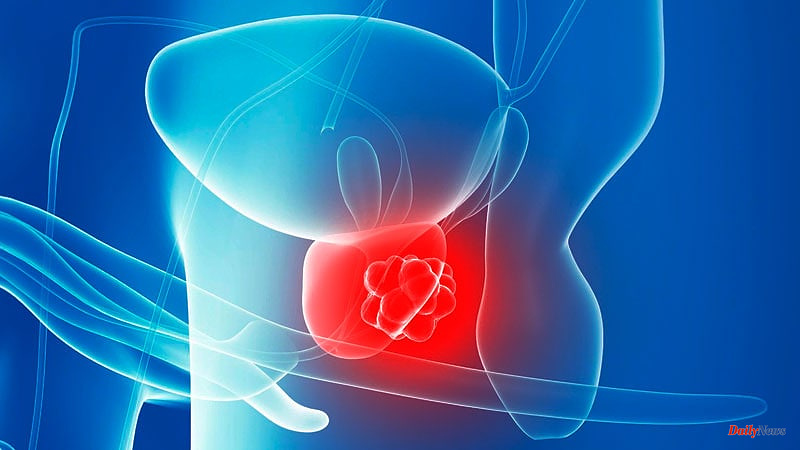This summary is a preprint published by ResearchSquare.com. It has not been peer reviewed.
The incidence of T1a/b prostatic cancer has been stable over the past decade. However, clinically significant T1a/b diseases has increased in the last decade.
Across all risk groups and accounting for age and comorbidity status, patients diagnosed with T1a/b prostate cancer are more likely to enter active surveillance/watchful waiting and are less likely to be treated definitively with surgery or radiation.
Changes in prostate cancer screening guidelines in the U.S. over the past decade have resulted in changes in prostate cancer incidence. The proper management of T1a/b is still not clear.
A few studies have examined the incidence of prostate cancer in T1a/b patients. It is not clear which patients with T1a/b prostate cancer benefit from either expectant or definitive treatment.
This largest study examines trends in incidence, clinical significance and treatment patterns for T1a/b prostatic cancer, regardless of age, risk group or comorbidity.
The National Cancer Database was used to analyze a database of 24,679 prostate cancer patients between 2010 and 2017.
Patients without missing data on pathological T stage, prostate-specific antigen (PSA), and Gleason score were excluded from analysis.
Gleason grade >= 2 was the clinically significant disease.
Only primary treatment was assessed. To reduce treatment bias, we completed a second analysis on the treatment modality ratios of patients aged 62-68. All treatment options were available to patients in this age group.
Out of the 24,679 patients, 15,186 had T1a and 9493 had it.
T1a/b was responsible for 3.5% of all prostate carcinomas without any change in incidence.
The probability of T1a/b prostatic cancer becoming clinically significant increased from 38.8% in 2010, to 44.1% (P.001). The chance of being diagnosed as having T1a/b not-clinically important disease declined from 61.3% to 55.9% in 2010 and 2017.
Patients with T1a/b were significantly older than those with T1c.
Patients with T1a/b diagnosis were less likely than patients with T1c (low risk -- 6.9% [T1a] and 17.6% [T1b] respectively; P =.001); intermediate risk -- 21.6%[T1a] and 30.4%[T1b] respective to 86.2%[T1c]); P =.001; high risk -- 28.4%[T1a] Vs 26.3%[T1b] relative to 78.2% (T1c]
Across all risk groups, patients with T1a/b disease were more likely to enter active surveillance/watchful waiting compared with T1c patients. In comparison to T1b, patients with T1a disease across all risk groups were more likely to enter active surveillance/watchful waiting.
Variations in reporting and coding by different institutions may have had an impact on the analysis of the dataset.
Because the data were not coded in National Cancer Database, it was impossible to obtain long-term oncological and functional outcomes.
The National Cancer Database contained data only for Commission on Cancer-accredited facilities. It may not have been generalizable and applicable to other countries.
The study was not funded commercially.
The authors did not disclose any financial relationships.
This article is a summary from a preprint research study entitled "Trends In Diagnosis And Treatment of T1a, T1b Prostate Cancers in the United States, 2010, 2017", which was published on ResearchSquare.com. This study has not been peer reviewed. Researchsquare.com has the complete text.
Follow Medscape on Facebook and Twitter.












